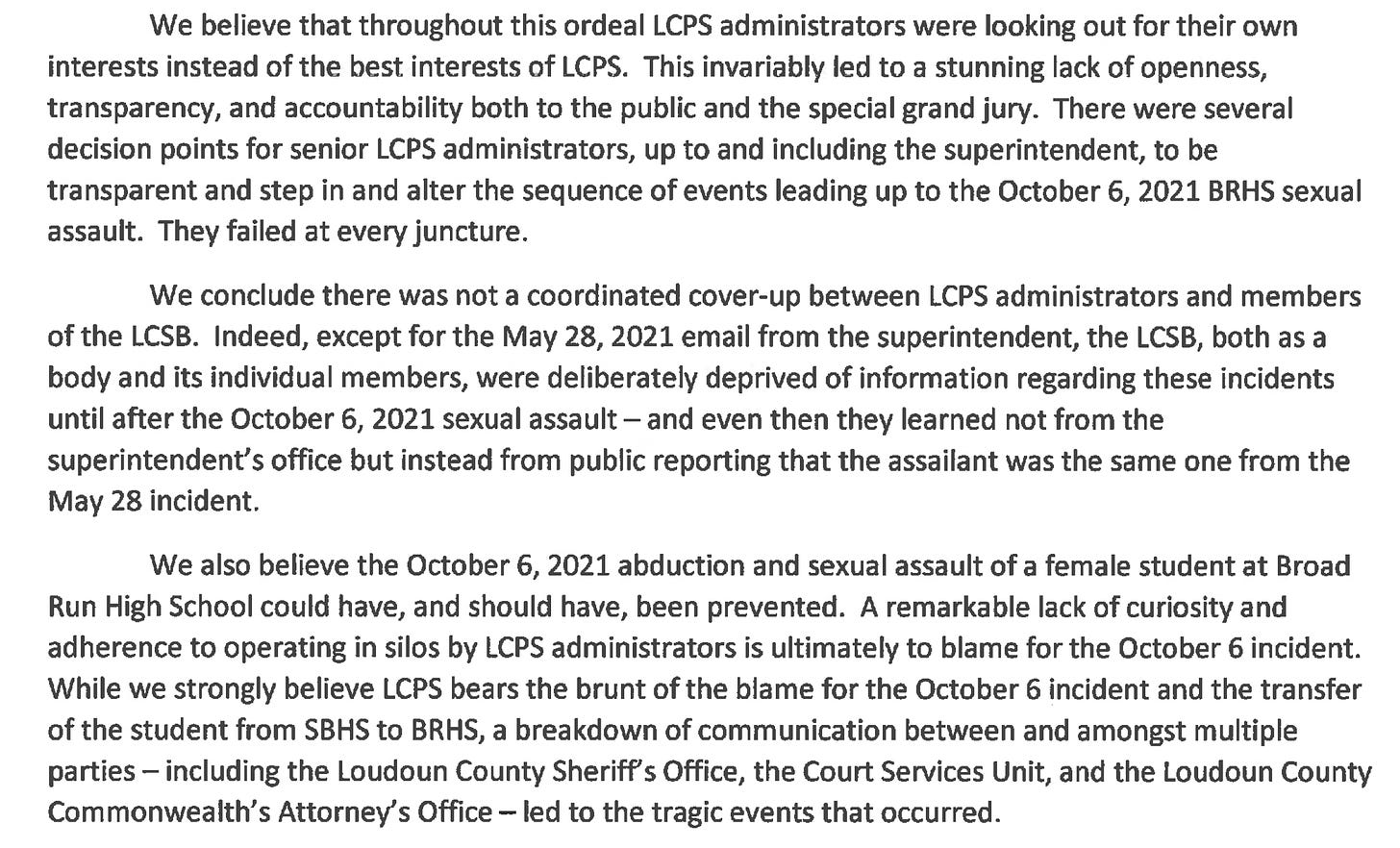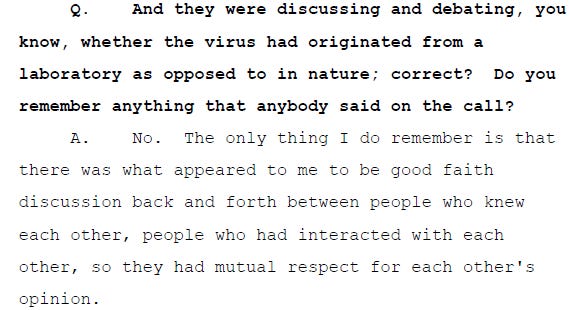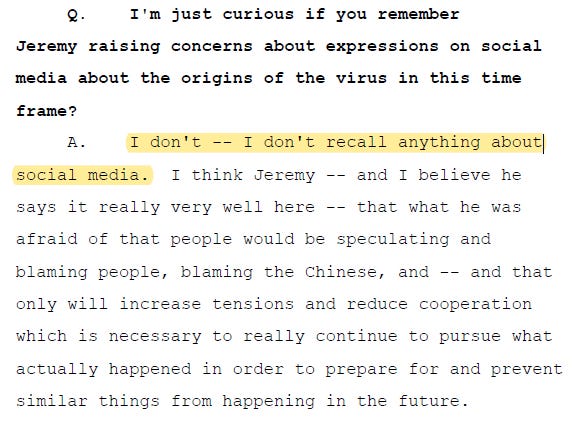Scott Girard:
West math teacher Sigrid Murphy said that even more recently, in the 2020-21 school year, “30% of the students in geometry at West identified as white while 72% of the students in geometry honors identified as white.” The school’s overall enrollment that year was about 52% white students.
“Within the (West) math department, all of us are completely, 100% behind the district’s plan,” Murphy said.
Those opposed suggest eliminating the classes isn’t the solution — instead, preparing students earlier on in their school careers so they feel ready to take on a challenge is key. Lately, some have also pointed to low reading scores on standardized tests to show that the district may not be doing that.
Laurie Frost, who is part of a group of Madison residents that has pushed the district on literacy in recent years, wrote in an email to the School Board and district administration on honors last month that she is “as concerned about the race-based disparities in enrollment in our honors classes as you are,” but that she has “a different way of understanding why the disparities exist.
“Put simply, the race-based disparity in honors class enrollment is due to the fact that we are not preparing our students of color for honors classes in their pre-high school years,” Frost wrote.
Board president Ali Muldrow suggested the district needs to focus on what outcome it wants, “striving for greater inclusion for all at the most rigorous levels of opportunity for our district.” She, like Frost, pointed out that preparing students for success in advanced high school coursework needs to begin early.
“One of my problems with how we’ve had this conversation over and over again is that we create the achievement gap in elementary school and then we pretend to resolve it in high school,” Muldrow said. “I’m really curious how what we’re doing in elementary school and middle school is going to align with this approach in high school, or if we’re just going to kind of create classrooms where some kids are more successful in a variety of ways than others.”
Associate superintendent of teaching and learning Cindy Green said the district is working on early literacy, full-day 4K and access to the arts, among other initiatives, to do just that.
Another concern from some opponents to the plan has been whether or not classes will be rigorous enough. La Follette High School senior and student representative to the School Board Yoanna Hoskins said she completed earned honors for a history course, and it only required one additional piece of work from the rest of the class.
“It wasn’t hard or anything like that,” Hoskins said.
The plan’s timeline includes updating course catalogs and course selection cards in November 2022, a step Green said they have already taken.
Round and round we go: Once size fits all English 10 in the mid 2000’s.
The data clearly indicate that being able to read is not a requirement for graduation at (Madison) East, especially if you are black or Hispanic”
My Question to Wisconsin Governor Tony Evers on Teacher Mulligans and our Disastrous Reading Results
2017: West High Reading Interventionist Teacher’s Remarks to the School Board on Madison’s Disastrous Reading Results
Madison’s taxpayer supported K-12 school district, despite spending far more than most, has long tolerated disastrous reading results.
“An emphasis on adult employment”
Wisconsin Public Policy Forum Madison School District Report[PDF]
WEAC: $1.57 million for Four Wisconsin Senators
Friday Afternoon Veto: Governor Evers Rejects AB446/SB454; an effort to address our long term, disastrous reading results
Booked, but can’t read (Madison): functional literacy, National citizenship and the new face of Dred Scott in the age of mass incarceration.
No When A Stands for Average: Students at the UW-Madison School of Education Receive Sky-High Grades. How Smart is That?




